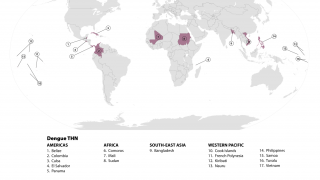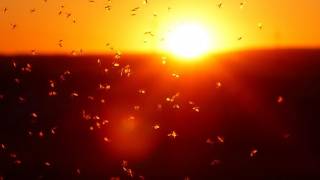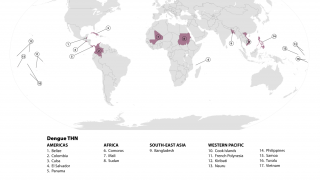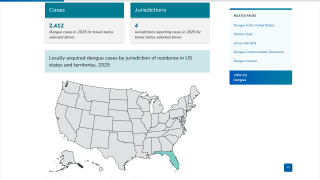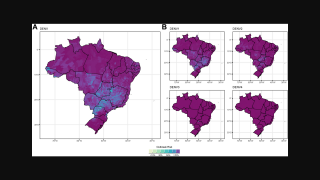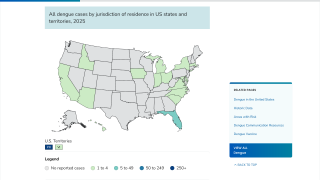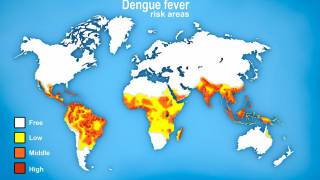Visiting San Juan Puerto Rico Includes Dengue Risk
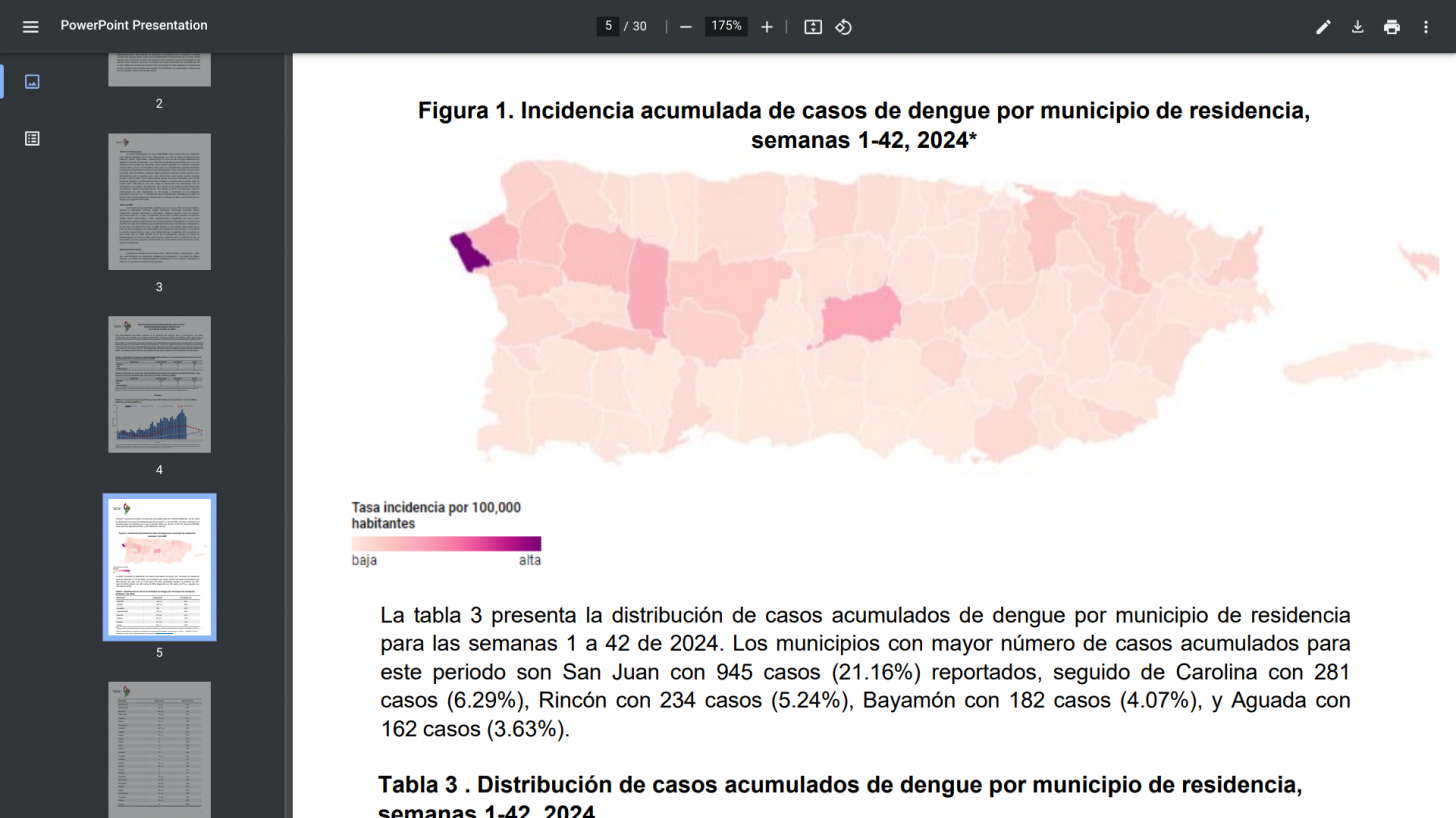
The current dengue outbreak in Puerto Rico is the first since 2013, marking an unusually long gap between outbreaks. In 2025, residents and about 5 million visitors to this U.S. territory will continue to be at risk for this mosquito-transmitted disease.
According to the U.S. Centers for Disease Control and Prevention (CDC) MMWR (74(5);54–60) published on February 20, 2025, this dengue outbreak began atypically during the low transmission season and intensified into the high season. Case numbers peaked in October and remained elevated through December 2024.
This pattern raises concerns about the potential for high transmission continuing into the next dengue season, which coincides with the annual influx of vacationers from the United States.
During 2024, the highest dengue incidence was observed in younger age groups, particularly those aged 10–19. In contrast, most fatal cases have occurred among older adults.
Geographically, although the highest case counts were in the San Juan municipality, with over 2 million residents, the highest dengue incidence occurred in Rincón, Lares, and Maricao, all municipalities outside the metropolitan areas in central and western Puerto Rico.
The CDC wrote, 'Persons living in or traveling to Puerto Rico should use Environmental Protection Agency–approved repellents, wear protective clothing, and stay in places with door and window screens. In addition, healthcare providers should maintain a high suspicion of dengue among persons with fever and potential exposure to mosquitoes in Puerto Rico.
The ongoing dengue outbreak underscores the increasing risk of dengue throughout the Region of the Americas, as the region reported record-breaking case numbers in 2024, about 13 million.
The CDC says more effective dengue control and prevention tools, including safe and effective dengue vaccines for all age groups and scalable vector control methods, are urgently needed to protect at-risk populations in countries with endemic disease and travelers from areas without endemic dengue.
In June 2024, the CDC updated a Health Alert Network Health Advisory, notifying healthcare providers, public health authorities, and the public of an increased risk of local dengue infections in areas such as southeast Florida, a 2.5-hour flight from San Juan.
Last year, the Florida Health Department reported over 999 travel-associated and 91 locally acquired dengue cases throughout the state.
The CDC does not recommend protective vaccination, as no dengue vaccines were available in the U.S. in late February 2025.
However, new, innovative vaccines gaining U.S. FDA approval may fill this void.
Note: This news article was updated of Florida data clarification on February 24, 2025.
Our Trust Standards: Medical Advisory Committee


